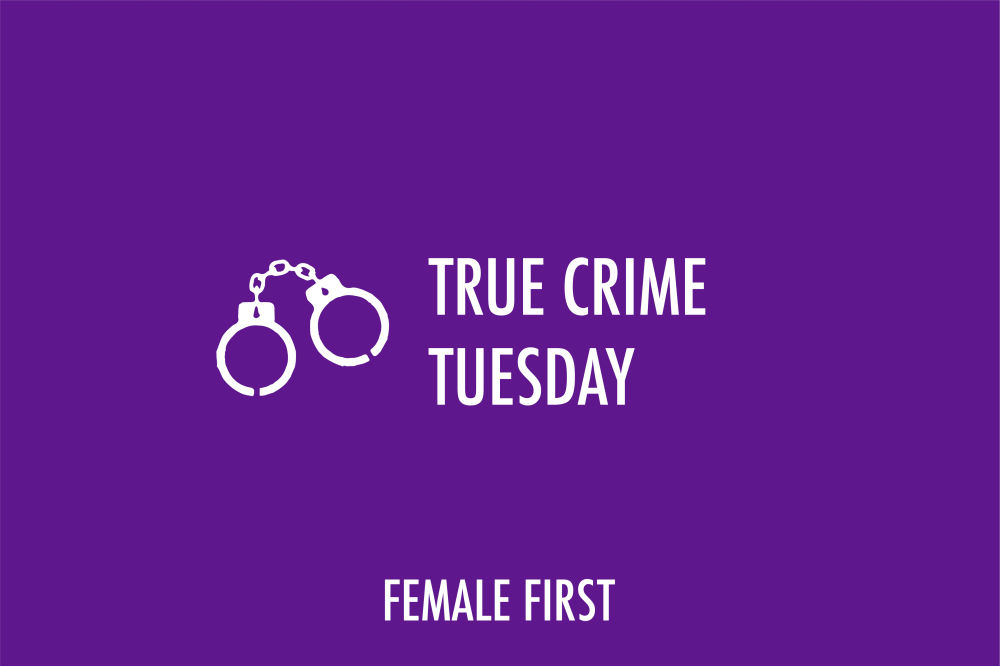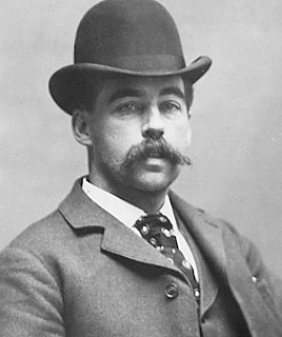NOTE: Our True Crime Tuesday series will highlight the stories of serial killers and other criminals, with potentially triggering and offensive detail discussed. Proceed with caution.
This week, we take a look at the case of H. H. Holmes and The Murder Hotel. Welcome back to True Crime Tuesday.

An introduction to the case
Born on May 16, 1861, Herman Webster Mudgett, better known as Dr. Henry Howard Holmes and commonly known as H. H. Holmes, is an American serial killer who would eventually confess to slaying 27 people.
Despite his admissions, it would be found that only nine could be confirmed, whilst several of the people he said he killed were still alive.
Where it all began
Construction would start in an empty lot across from the drugstore Holmes worked in, in 1887. He had bought the lot with intentions to turn it into a two-story mixed-use building, with apartments on the second floor, as well as retail spaces on the first.
Holmes would later be suid by the architects and the steel company who completed the work, with claims that he had declined to pay them. Still, four years later in 1892, Holmes would add a third floor, telling investors that it would be turned into a hotel for the upcoming World's Columbian Exposition. This was never completed.
Suppliers of the furniture for the planned hotel would be found in hidden rooms and passages throughout the building, with mazes, hallways and sound-proofed rooms all discovered. Some would go nowhere, but many included hidden chutes that would drop straight down into the basement. It was in that basement - which included quicklime, acid vats and a crematorium - that Holmes would dispose of his victims.
Holmes' early victims
Holmes would begin his career of killing by murdering his mistress, Julia Smythe. As the wife of a man who had moved into Holmes' building, she was always around, and they began an illicit affair. Her husband would eventually find out that she was cheating, and so quit his job and moved away, leaving her behind with their daughter. Both Julia and her daughter, Pearl, would disappear on Christmas Eve, 1891. Holmes claimed hismistress died during an abortion, but the truth behind their deaths was never uncovered.
Another likely victim was Emeline Cigrande, who began working in Holmes' building in May 1892, but would disappear in December. Then there was Edna Van Tassel, who vanished into thin air and was never found.
During his time working at the Chemical Bank building, Holmes became close friends with Benjamin Pitezel. Pitezel was a carpenter with a criminal past, and it didn't take much convincing from Holmes to bring him on board as a right-hand man. This would prove to be both of the men's undoing...

Holmes' final murders, capture and arrest
Holmes was a man obsessed with conning the system. In July 1894, following an arrest and jailing for selling mortgaged goods, he would form a friendship with convicted outlaw Marion Hedgepeth. He promised Hedgepeth $500 in exchange for the name of a lawyer who could be trusted, in his plan of taking out a life insurance policy on himself before faking his own death.
The plan would go ahead, but fall flat, when Holmes' insurance company became suspicious and refused to pay out. Holmes moved on to try and make similar moves following his release from jail, bringing Pitezel on board.
Pitezel agreed to fake his own death so that he could claim on he and his wife's $10,000 life insurance policy, but Holmes would murder Pitezel for real, knocking him unconscious with chloroform and setting his body on fire.
Holmes would collect the insurance payout following Pitezel's death, before manipulating his widowed wife into allowing three of their five children to be in his custody. Holmes would spend his time travelling throughout America and into Canada, escorting Mrs. Pitezel along a parallel route and using various aliases, lying to her about her husband's death, and lying about where her three children were when they were in his care.
Holmes later killed two of the children by forcing them into a large trunk and locking them inside, before drilling a hole in the lid and putting a hose inside, which was attached to a gas line. The bodies were hid in the cellar of his rental house in Toronto.
Holmes wouldn't realise it at the time, but he was being investigated by a Philadelphia police detective called Frank Geyer. After finding the decomposed bodies of the two Pitezel children in the Toronto home, Chicago police would in 1895 begin to investigate Holmes' building in Englewood, known as 'The Castle'. Nothing was found there that could have convicted him.
In October 1895 however, Holmes would be put on trial for the murder of Pitezel, before being found guilty and sentenced to death. Following the conviction, Holmes confessed to a number of murders in Chicago, Indianapolis and Toronto, as well as a number of attempted murders.
Holmes would give different accounts of life, from claiming innocence to saying he had been possessed by Satan himself. He wrote diaries whilst in prison, and said his new appearance following conviction was making him look like the Devil.
In 1896, on May 7th, Holmes was hanged at Moyamensing Prison for the murder of Pitezel.
MORE: Seven signs that somebody may be a psychopath
Tagged in True Crime

